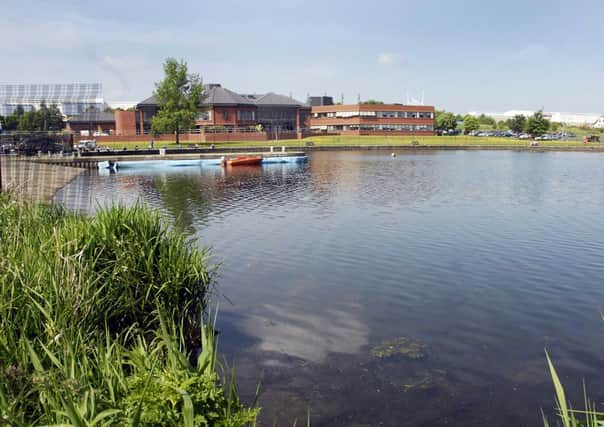Craigavon has £8,905,973.00 in unpaid rates


This works out at about £96 per resident in the Borough.
Armagh has uncollected rates totalling £4.7m up to the end of March 2013, totalling £80 per resident.
And Banbridge has almost £4m in unpaid rates working out at £81 per resident.
Advertisement
Hide AdAdvertisement
Hide AdAcross the north unpaid rates lodged with the court service has more than quadrupled over the past four years.
“More than £8.82m remained outstanding at the end of the last financial year after being lodged with the courts service.
The combined figure of unpaid rates across the three councils totals £18m - not a healthy start to a new amalgamated council which is set to come into operation next year.
It also highlights the increasing debt problems facing many homes and businesses in the borough.
Advertisement
Hide AdAdvertisement
Hide AdMany shops in the centre of Lurgan have closed with some blaming high rates as a contributory factor.
Those whose unpaid rates have been lodged with the Enforcements of Judgements Office face having personal property and valuables seized.
Non-payment of rates can also affect credit ratings and can lead to bankruptcy or home repossession.
Bob Stronge, chief executive of Advice NI said many householders were resorting to credit cards to pay their rates.
Advertisement
Hide AdAdvertisement
Hide Ad“There is no doubt that many individuals are struggling with debt and the increase in rates debt passed to the EJO reflects the overall growing trend in personal debt,” he said.
“The reality is that when something unexpected happens people have very little wriggle room and many turn to high-cost lenders or simply have no other choice but to forgo paying their mortgage, rent, rates or other bills.
“Putting food on the table becomes the priority and unfortunately many poorer families struggle to do even this, instead turn in desperation to food banks.”
The figures were obtained by the Irish News though a Freedom of Information request.
Advertisement
Hide AdAdvertisement
Hide AdA DFP spokesperson said: Rate debt arises because ratepayers have not paid their rate bills. The debt noted in the Irish News article is set against assessments raised to a value of over £4.7 billion over 4 years; in other words 3.5% of this money remains to be recovered. LPS also is mindful that we are in tough economic times and many people are struggling to pay their bills. We are seeing increasing numbers of individuals and businesses facing bankruptcy, administration and liquidation. LPS takes a serious view of non-payment of rates and rigorously pursues all debt. However, this must be balanced against assisting ratepayers who are genuinely struggling during this difficult period. There has been an increase in the amount of relief paid both to domestic and non-domestic ratepayers. In addition, LPS will allow ratepayers to pay smaller amounts, over a longer period of time. However this inevitably increases the level of rating debt at the end of the rating year. While LPS will make efforts to support those who are struggling to pay, they must, and will, rigorously pursue those who don’t pay. Where ratepayers fail to pay or do not enter into payment arrangements or break those arrangements, LPS will take Court action and seek to recover the debt through the Enforcement of Judgements Office or will instigate bankruptcy proceedings.
It is worth noting that the debt has remained fairly constant over the past number of years, while the cash collected by LPS has risen by over £125 million since 2008/09, providing extra millions that can be invested in front-line services such as education, healthcare, roads and District Council services, from which all residents in Northern Ireland benefit.